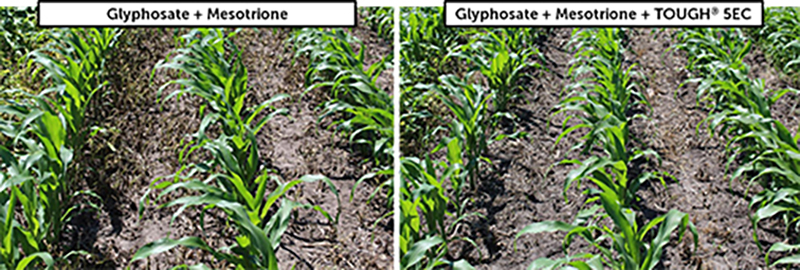Is It D-Day for Dicamba?
Since their introduction to the marketplace a few years back, dicamba cropping systems have run a gambit of highs and lows for agriculture. On one hand, these crops have given growers the opportunity to fight back against the spread of weeds now resistant to a host of other herbicides. On the other hand, dicamba application and its susceptibility to off-target drift has created many headaches — including legal ones — for the entire industry.
For dicamba, 2020 represents another important milestone. By the end of this year, EPA will have to decide whether or not to re-register dicamba for use during the 2021 growing season. And at least one trade association believes it’s time for the agency to curtail or severely limit the industry’s ability to use dicamba in the future.
In late April, the Association of American Pesticide Control Officials (AAPCO) sent EPA a letter asking that the agency consider banning postemergence use of dicamba. “Based on application dates of dicamba complaints investigated by the major soybean producing states in 2017 through 2019, prohibiting over-the-top applications could greatly reduce dicamba complaint investigations,” said the letter. The group also requested EPA make any future registration “conditional on a year-by-year basis.”
Part of the reason for this request to EPA ties back to the many complaints filed regarding dicamba application. Overall, injury complaints increased in some soybean-heavy states such as Indiana and Illinois during 2019. According to the data, Illinois is investigating 724 cases of alleged off-target injury from last year while Indiana registered 178 such complaints.
The AAPCO letter also added that neither applicator training programs nor increasingly restrictive label requirements have proven successful in diminishing off-target dicamba injury, in its view.
“Several attempts by EPA to refine label use restrictions on the dicamba products beyond the 2017 and 2018 restrictions have not markedly mitigated the incidence of off-target movement in most major soybean producing states,” said the letter. “The money, time, and effort that AAPCO and impacted states have expended is unprecedented and not sustainable. AAPCO requests that our suggestions be seriously considered as the agency moves forward in making these registration decisions.”
However, AAPCO’s request to stop postemergence use of dicamba is not an effort to end the use of dicamba-tolerant technology altogether, said the association. Instead AAPCO is hoping that a revised EPA designation would allow states to use Section 24(c) special local needs labels to adjust application limits as they deemed necessary.
Before coronavirus, EPA hoped to finalize its plans for dicamba re-registration before the end of 2020. Now, this decision is likely to take more time.
No matter what happens, it seems that the future for dicamba will remain a hotly debated one for agriculture. Although dicamba products hold the promise to help fight herbicide-resistant weeds, some longer lasting solutions to off-target movement need to appear.






